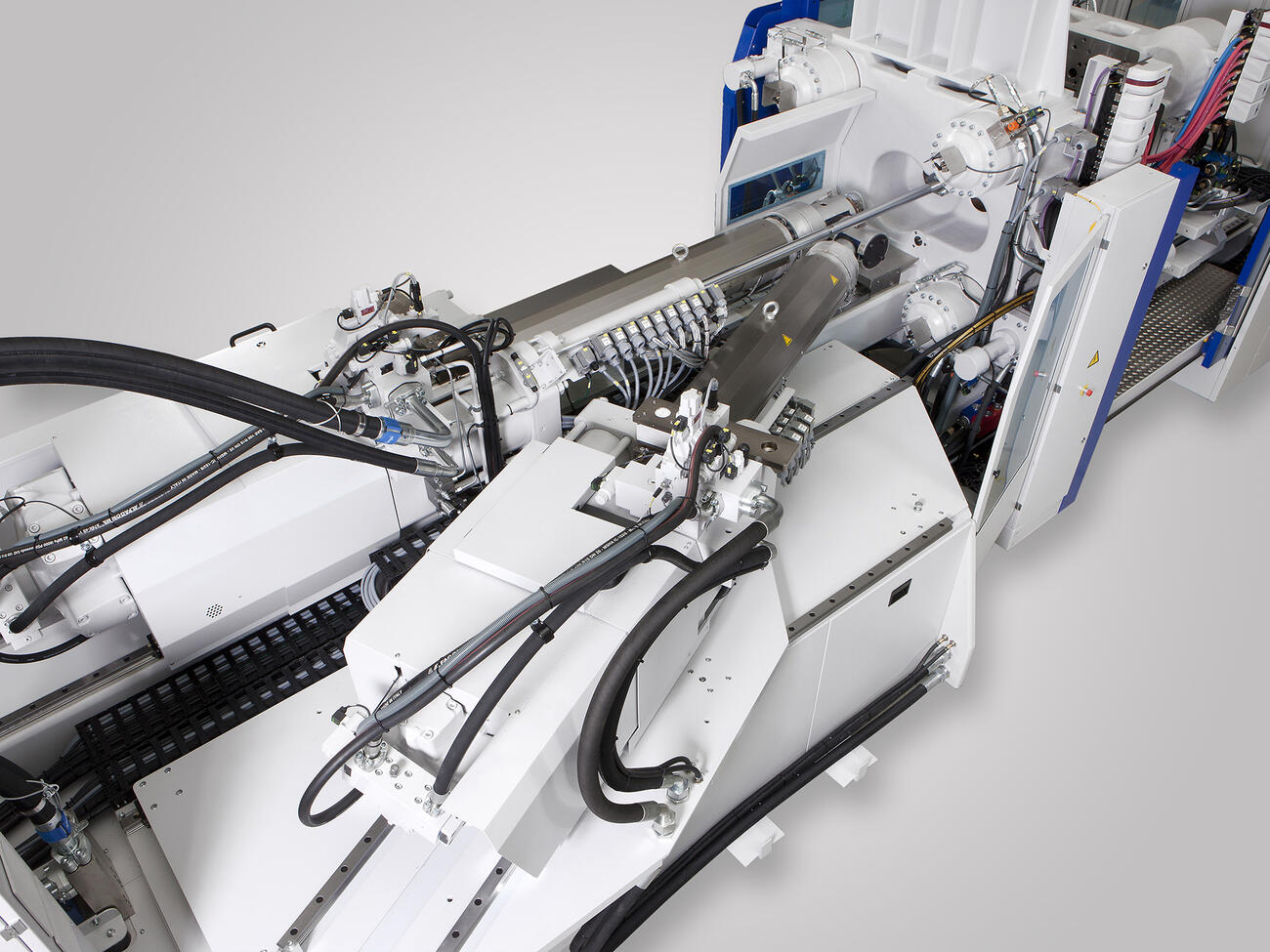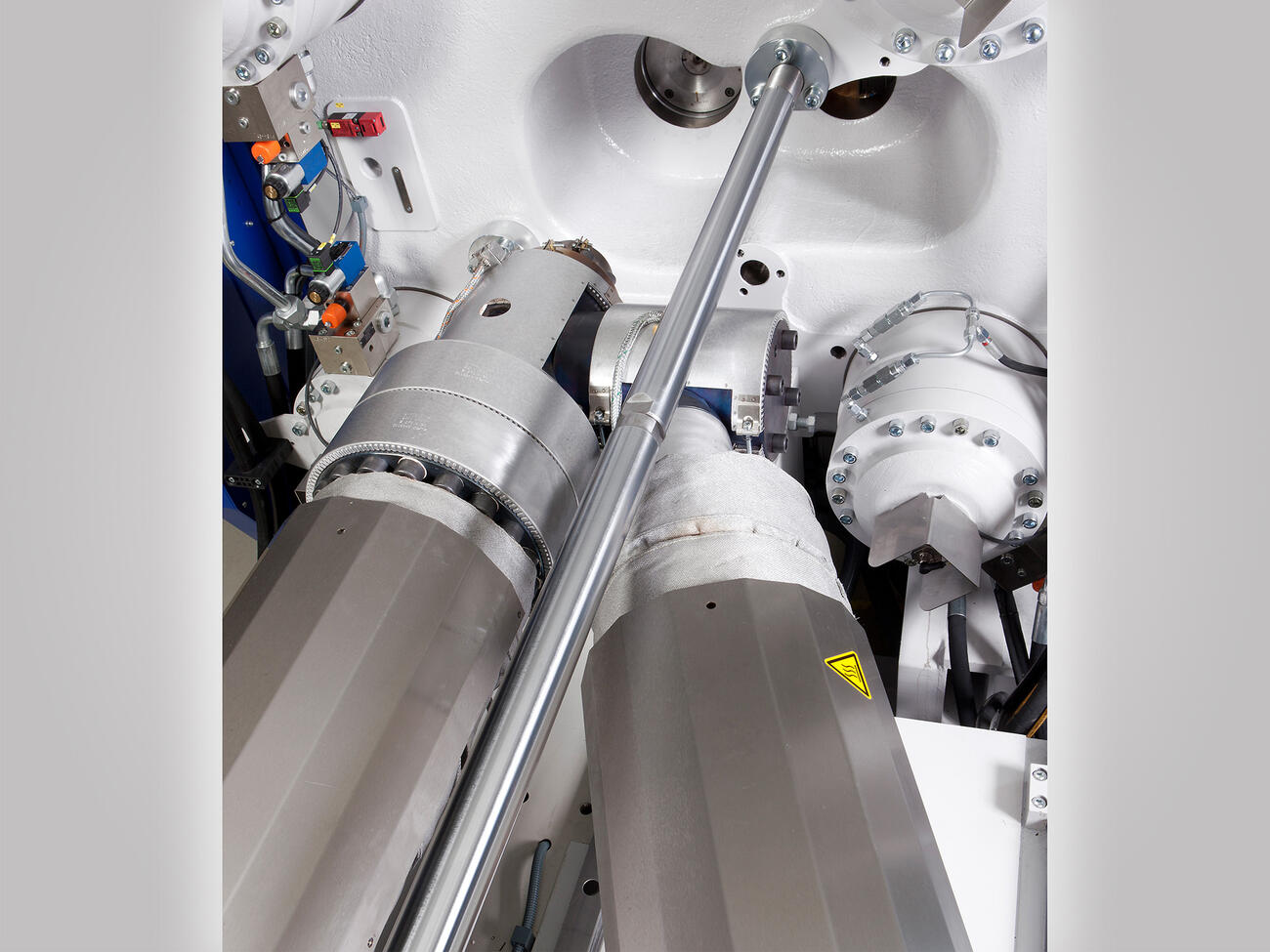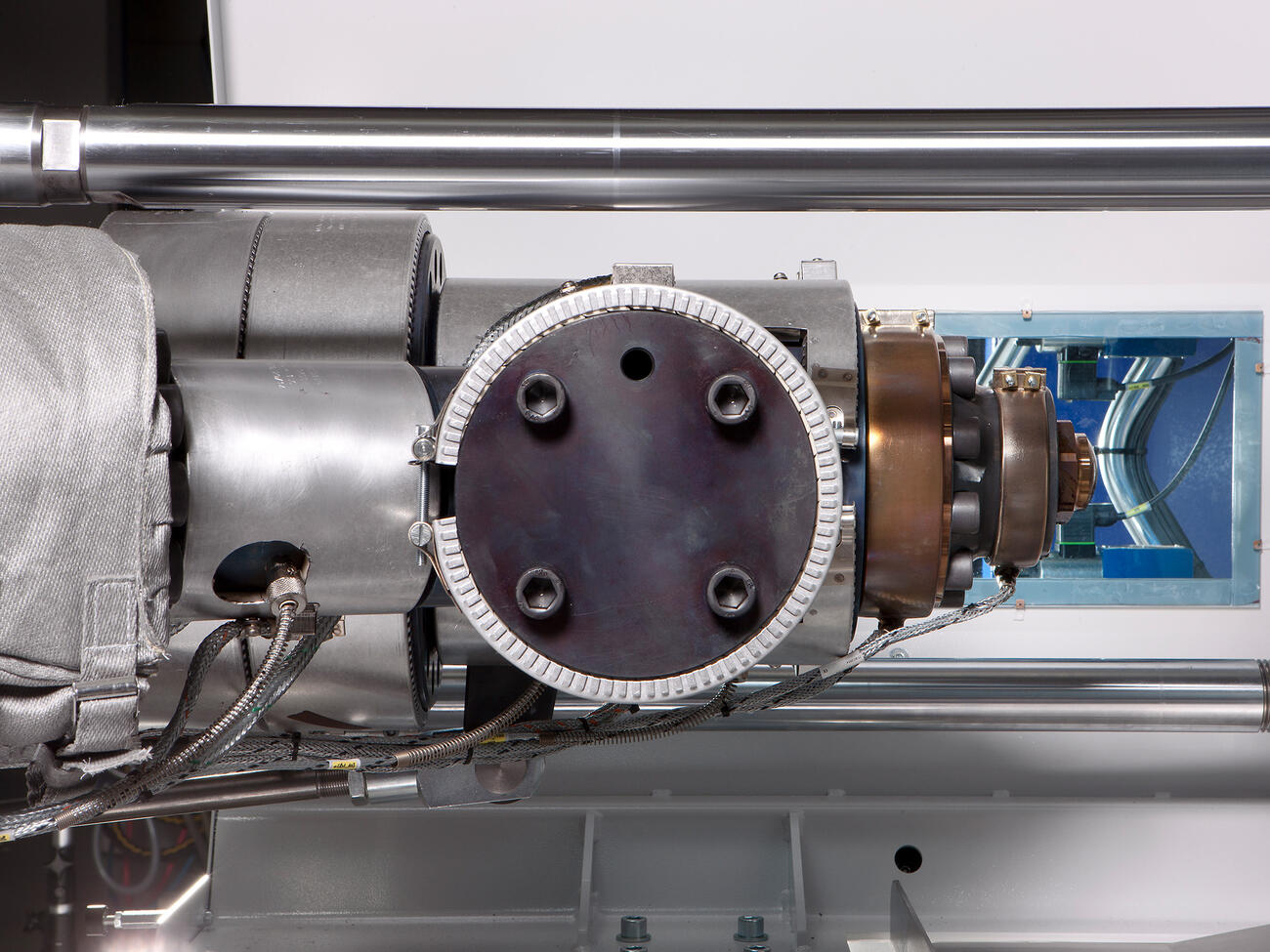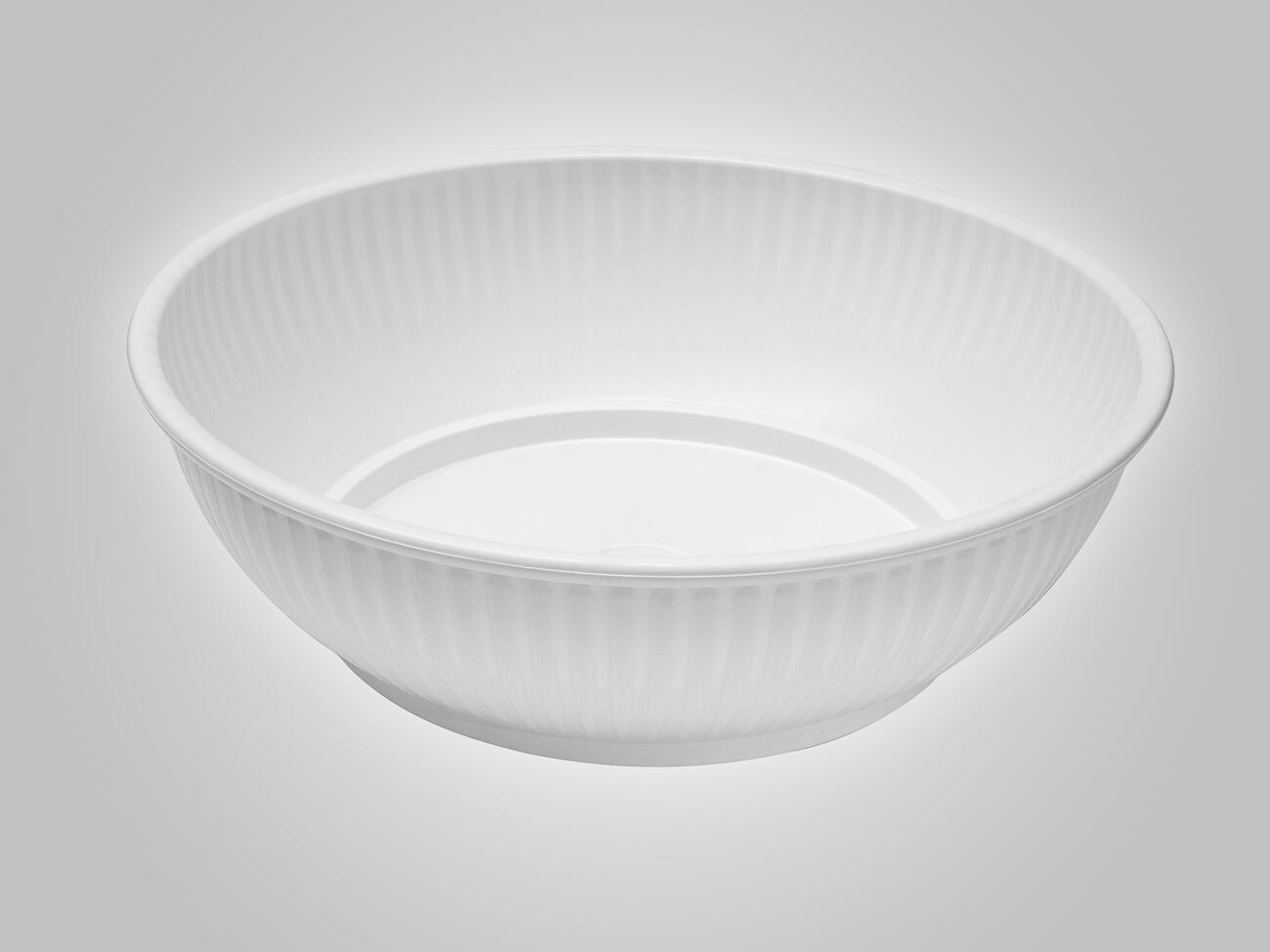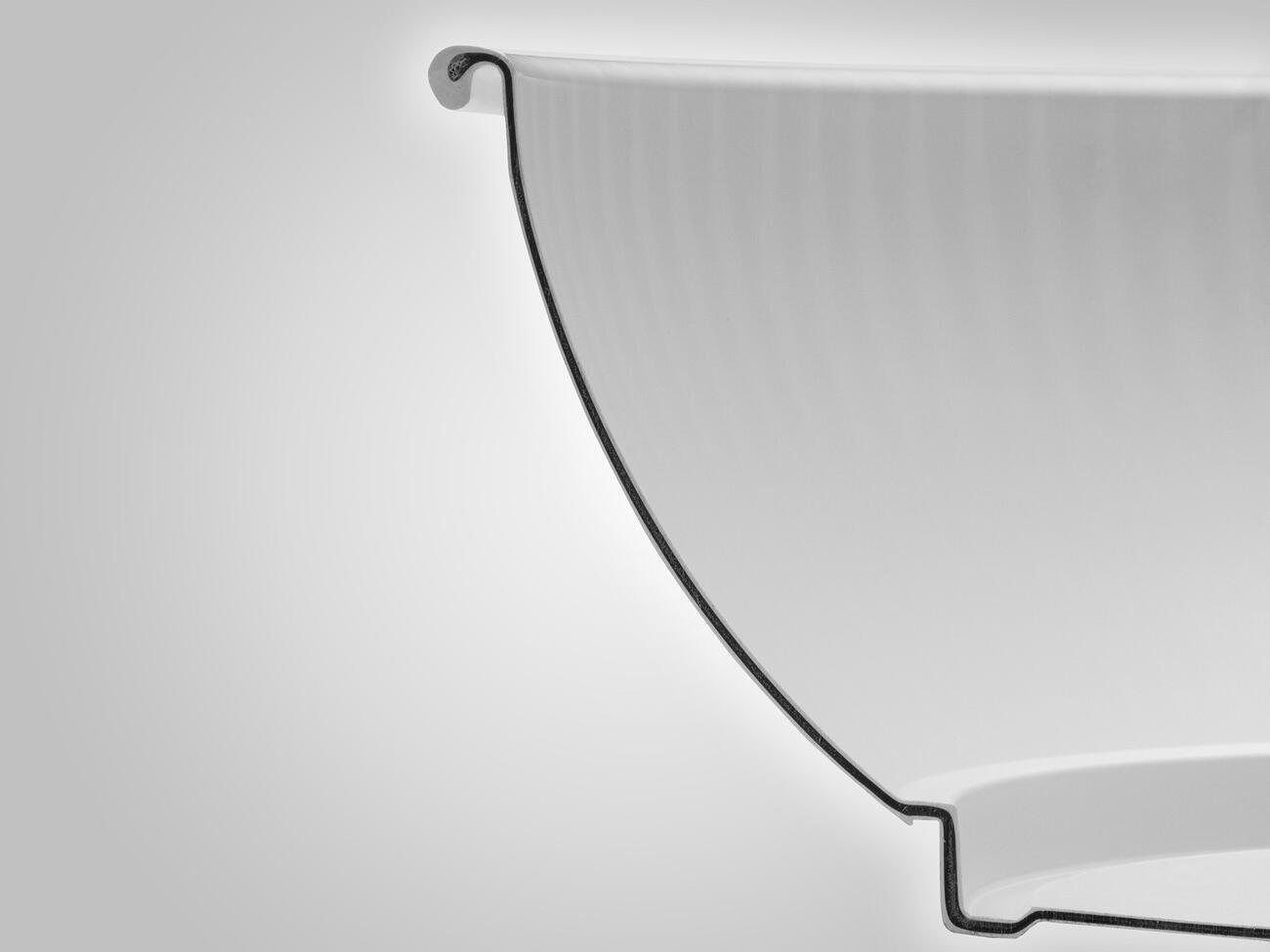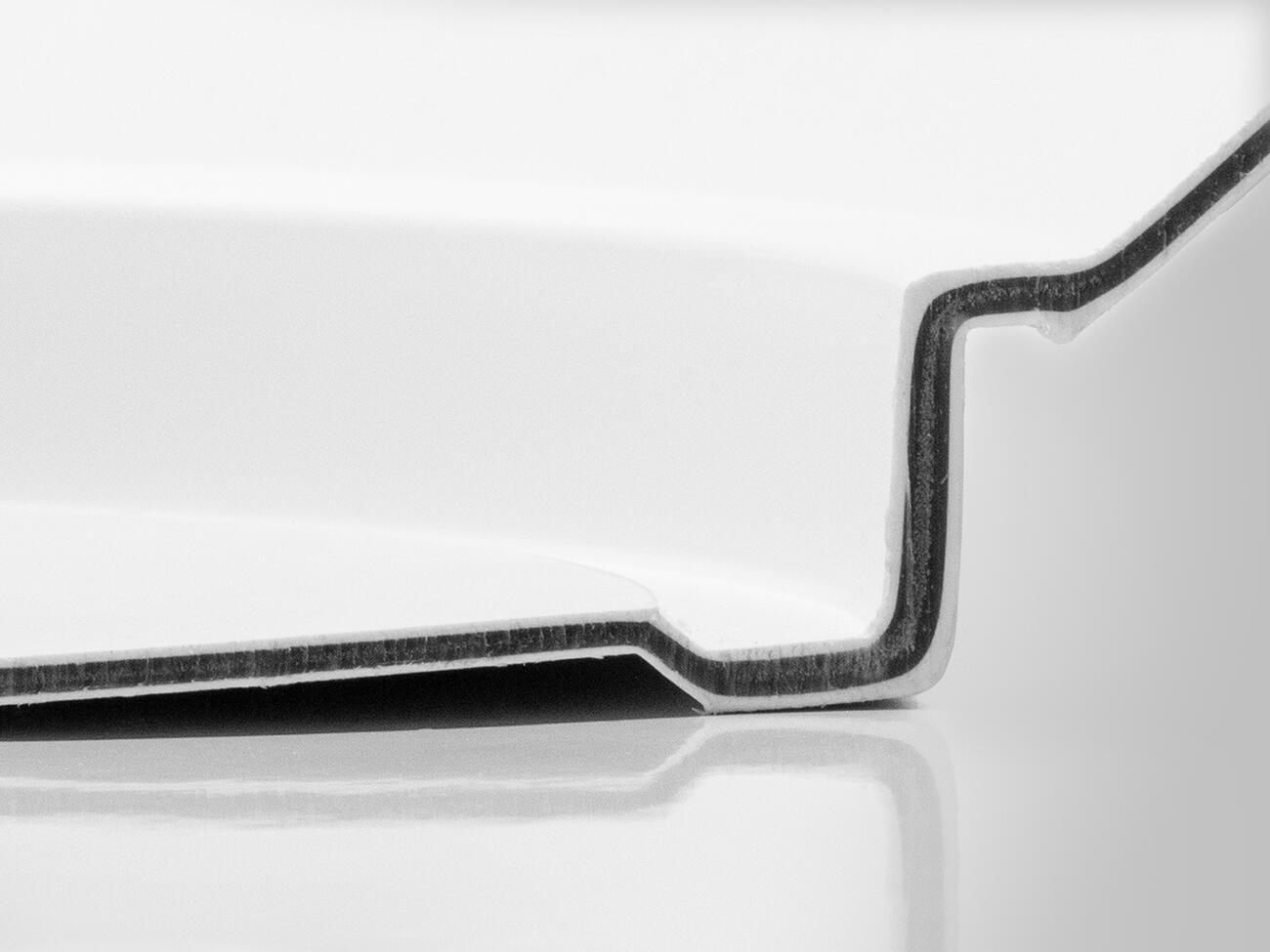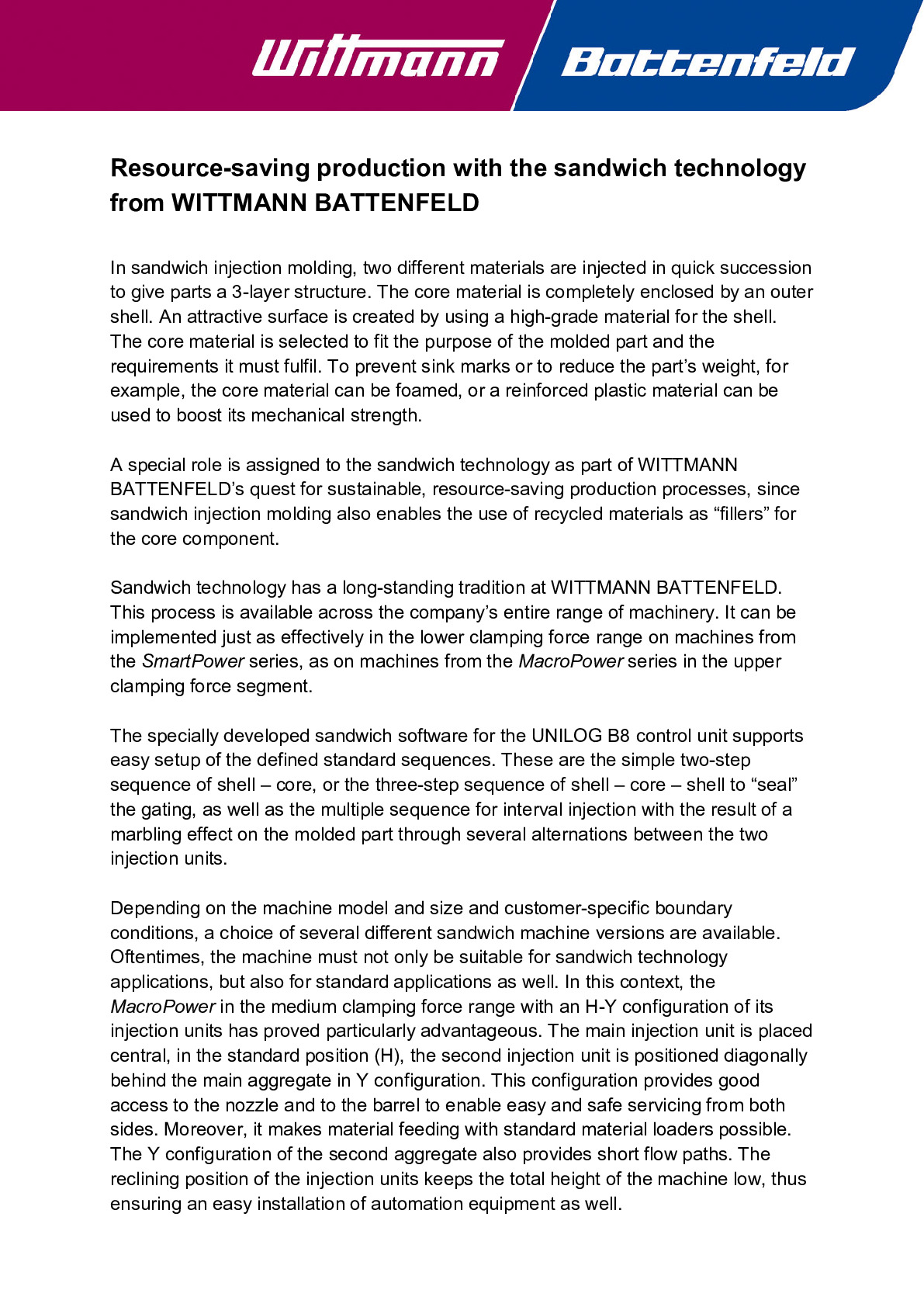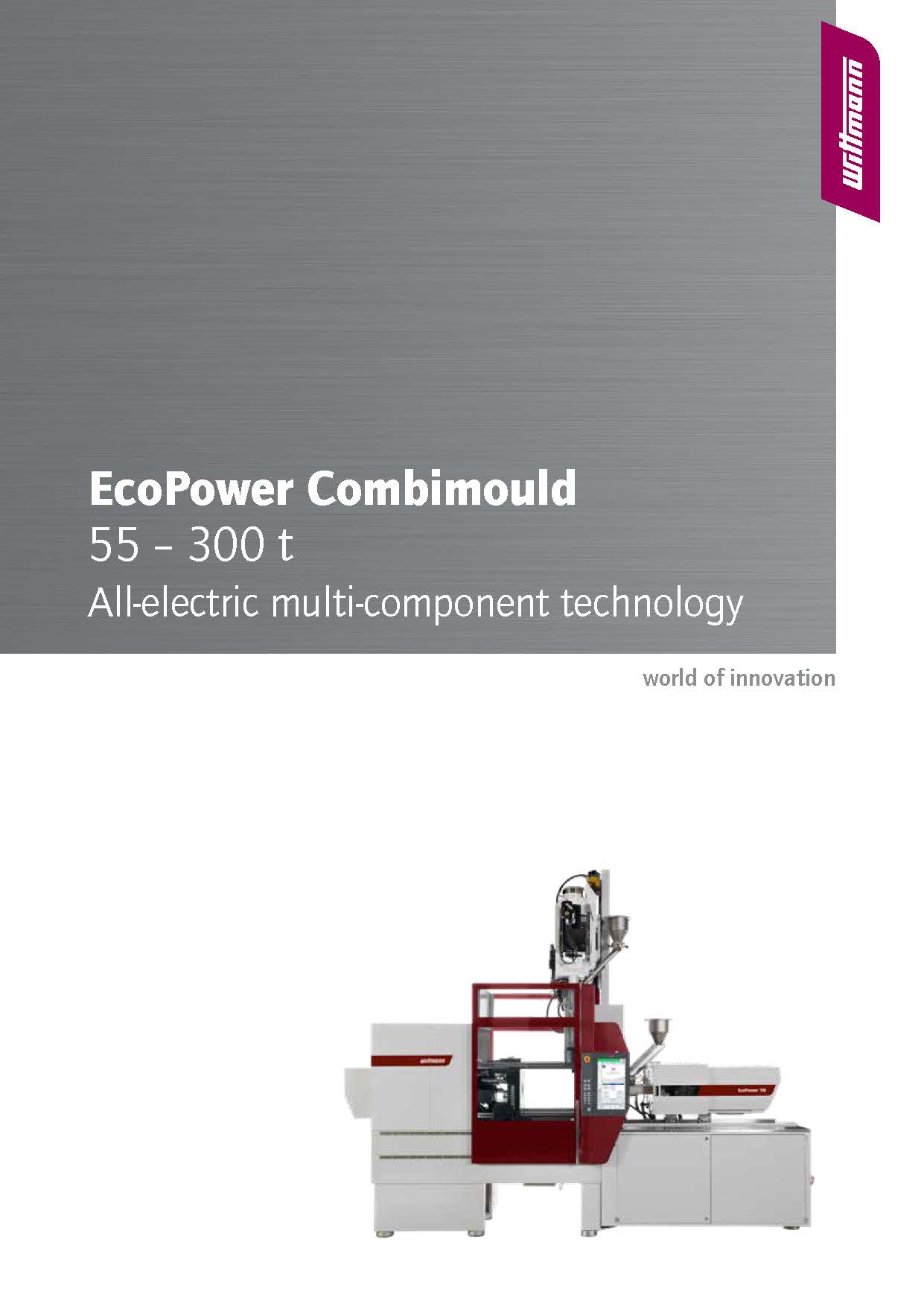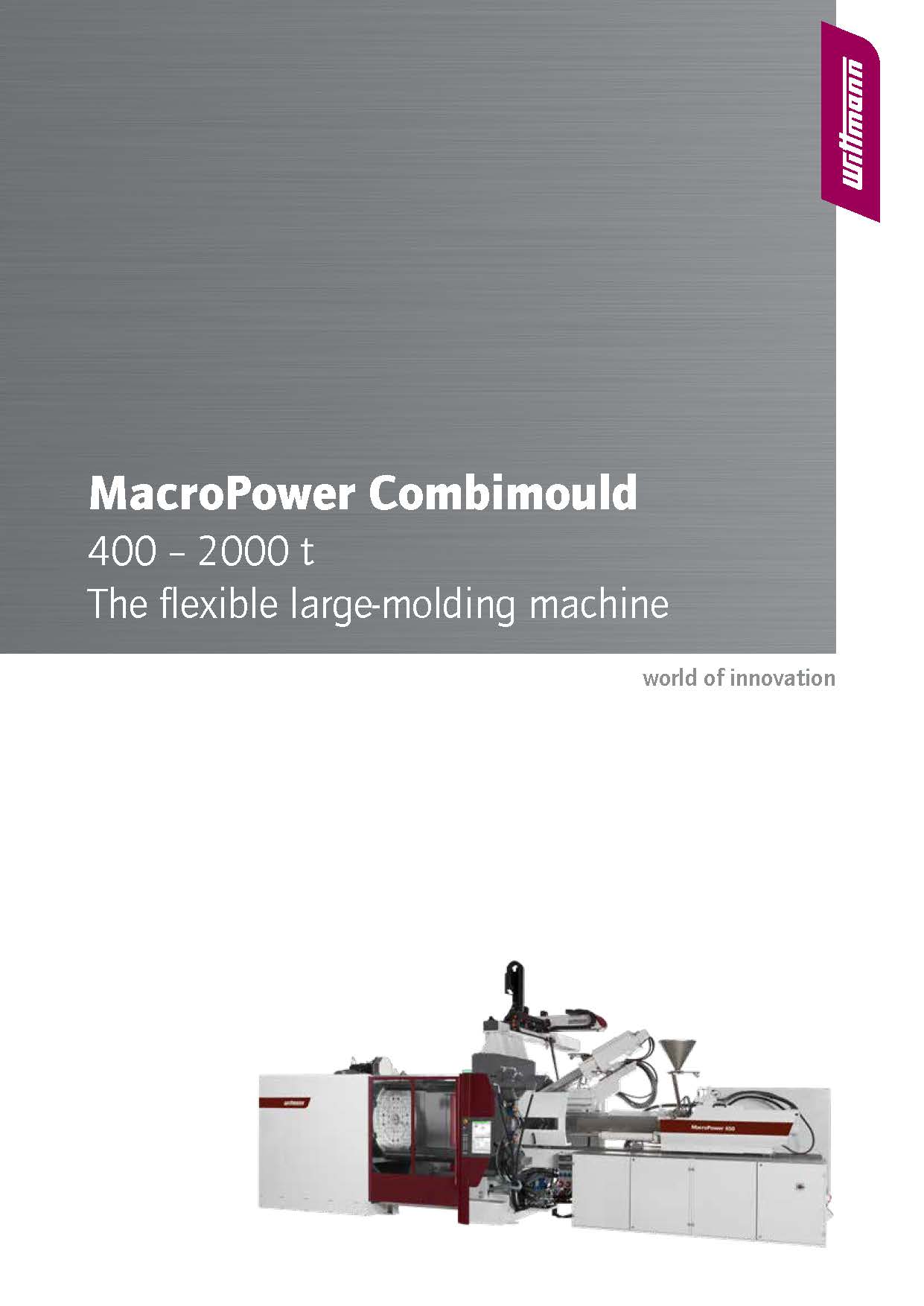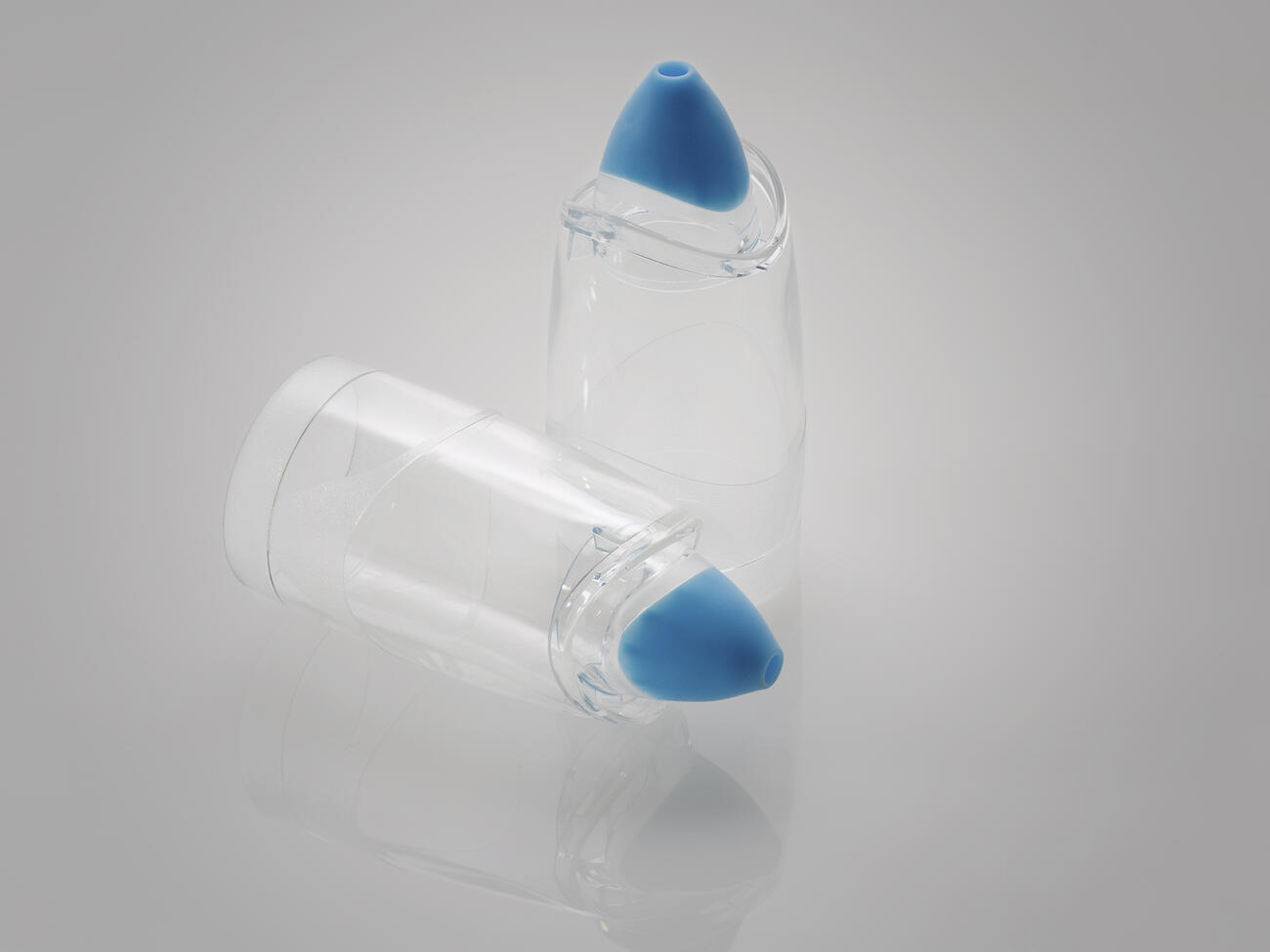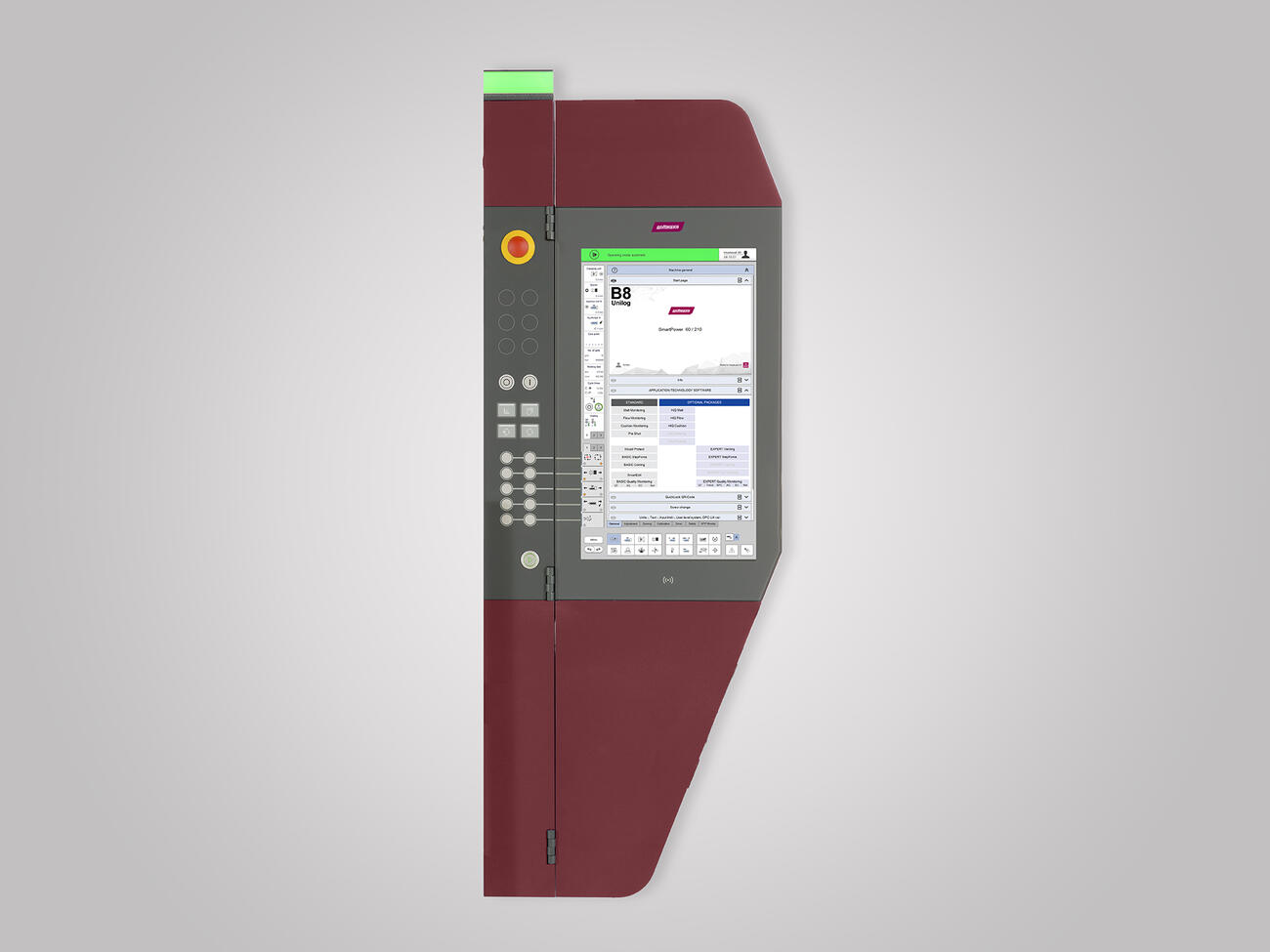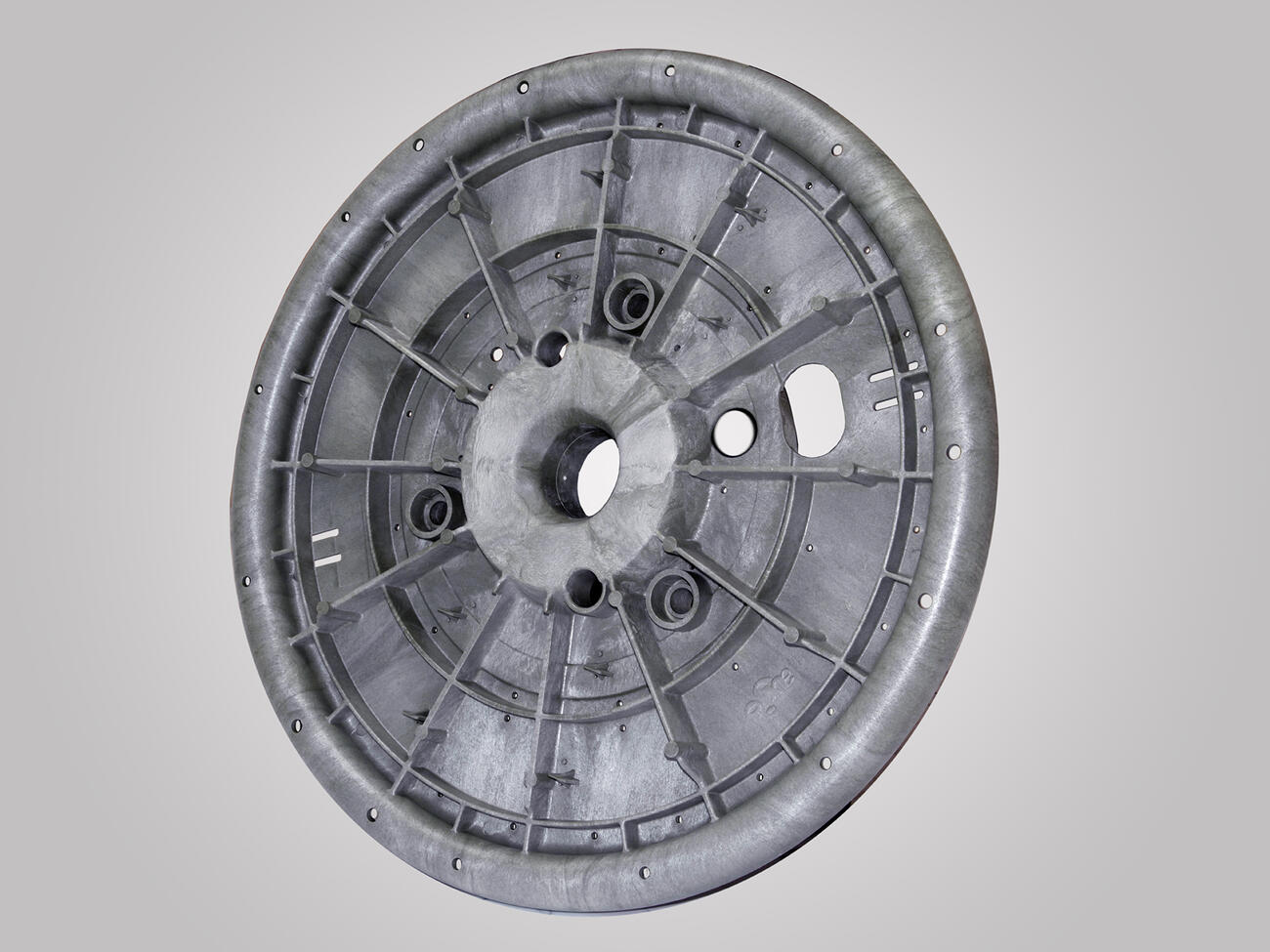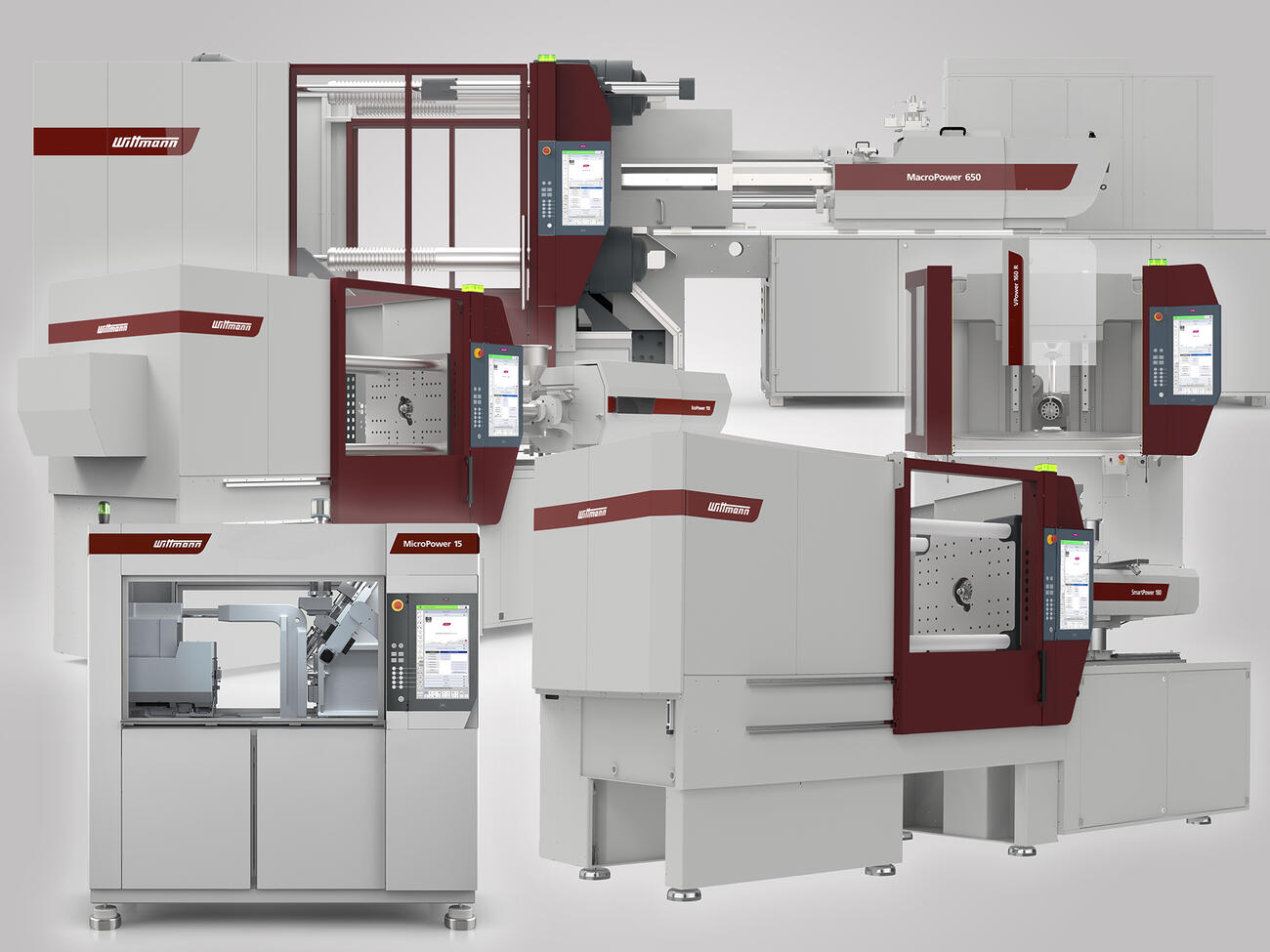Sustainable and resource-saving production
Sustainable and resource-saving production
using the sandwich injection molding process
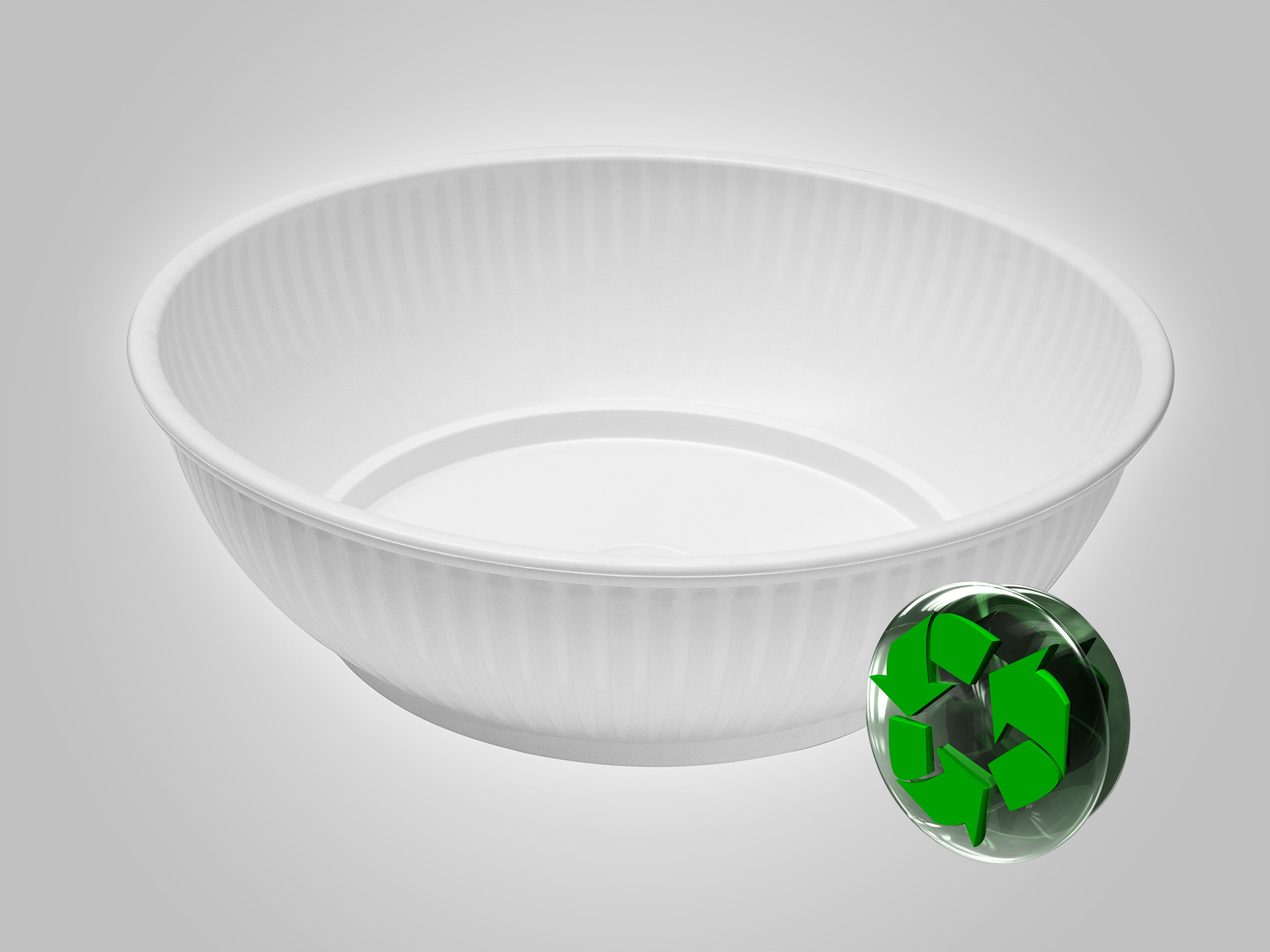
Sandwich injection molding – a long standing tradition
In sandwich injection molding, two different materials are injected in quick succession to give parts a 3-layer structure. The core material is completely enclosed by an outer shell. To prevent sink marks or to reduce the part’s weight, for example, the core material can be foamed, or a reinforced plastic material can be used to boost its mechanical strength.
A special role is assigned to the sandwich process as part of WITTMANN BATTENFELD’s quest for sustainable, resource-saving production processes, since sandwich injection molding also enables the use of recycled materials as “fillers” for the core component.
The process is available across the company’s entire range of machinery. Depending on the machine model and size and customer-specific boundary conditions, a choice of several different sandwich machine versions are available. The MacroPower in the medium clamping force range with an H-Y configuration of its injection units has proved particularly advantageous. The aggregate arrangement ensures
- good accessibility to the nozzles
- short flow paths
- low machine height.
The latter is particularly advantageous when installing automation equipment.
An application example for sandwich injection molding implemented at WITTMANN BATTENFELD is a bowl made of PP with a foamed PP regrind as its core component. Another characteristic of this part worth mentioning is its remarkably high 60% core component proportion consisting of regrind.

'Sandwich technology offers our customers numerous advantages.
It increases variation in product and component design, enabling such effects as marbling. It saves cost and resource and also improves the properties and aesthetics of parts.
All of which is of great interest to our customers'
Edmund Kirsch, product expert for multi-component technology at WITTMANN BATTENFELD
Downloads
